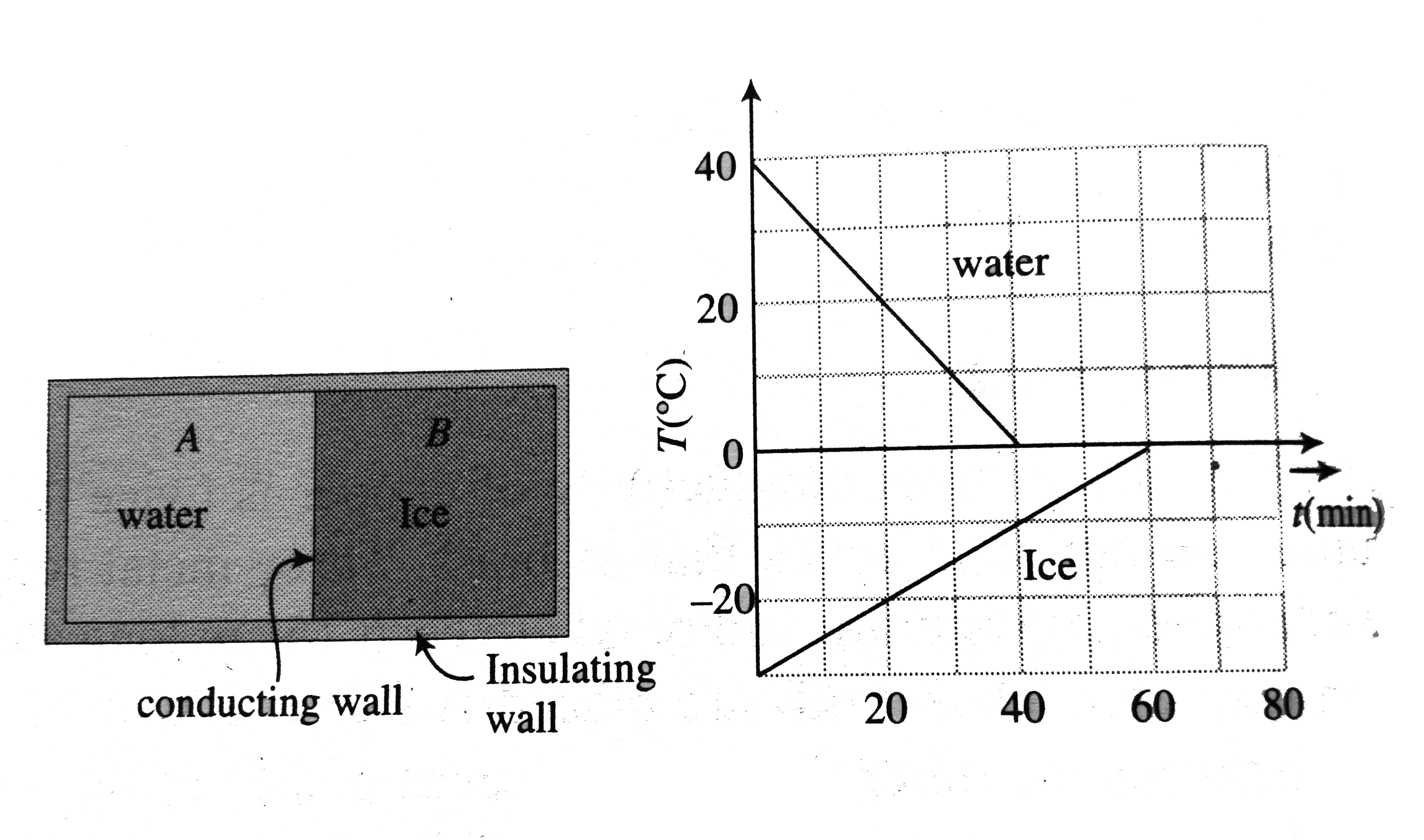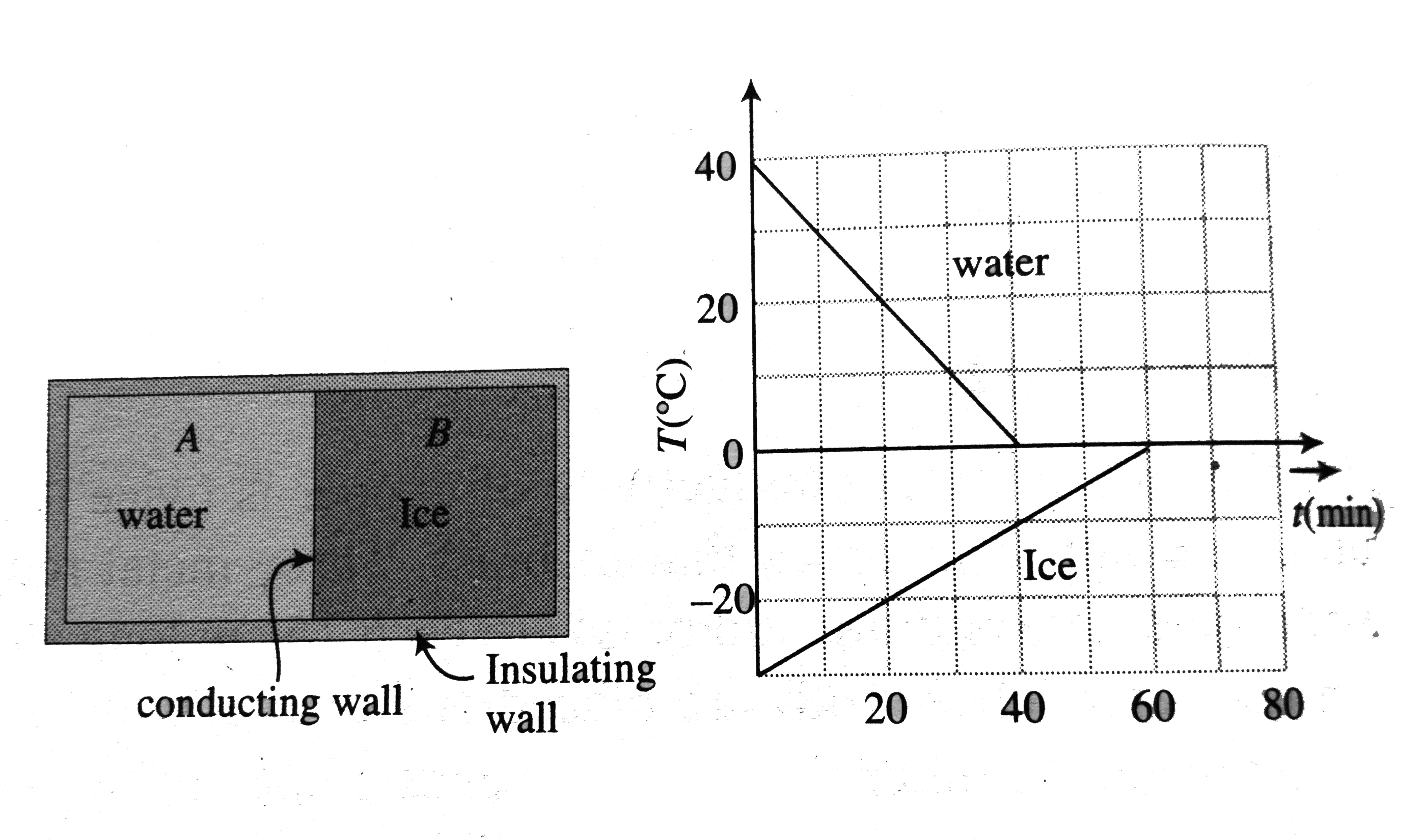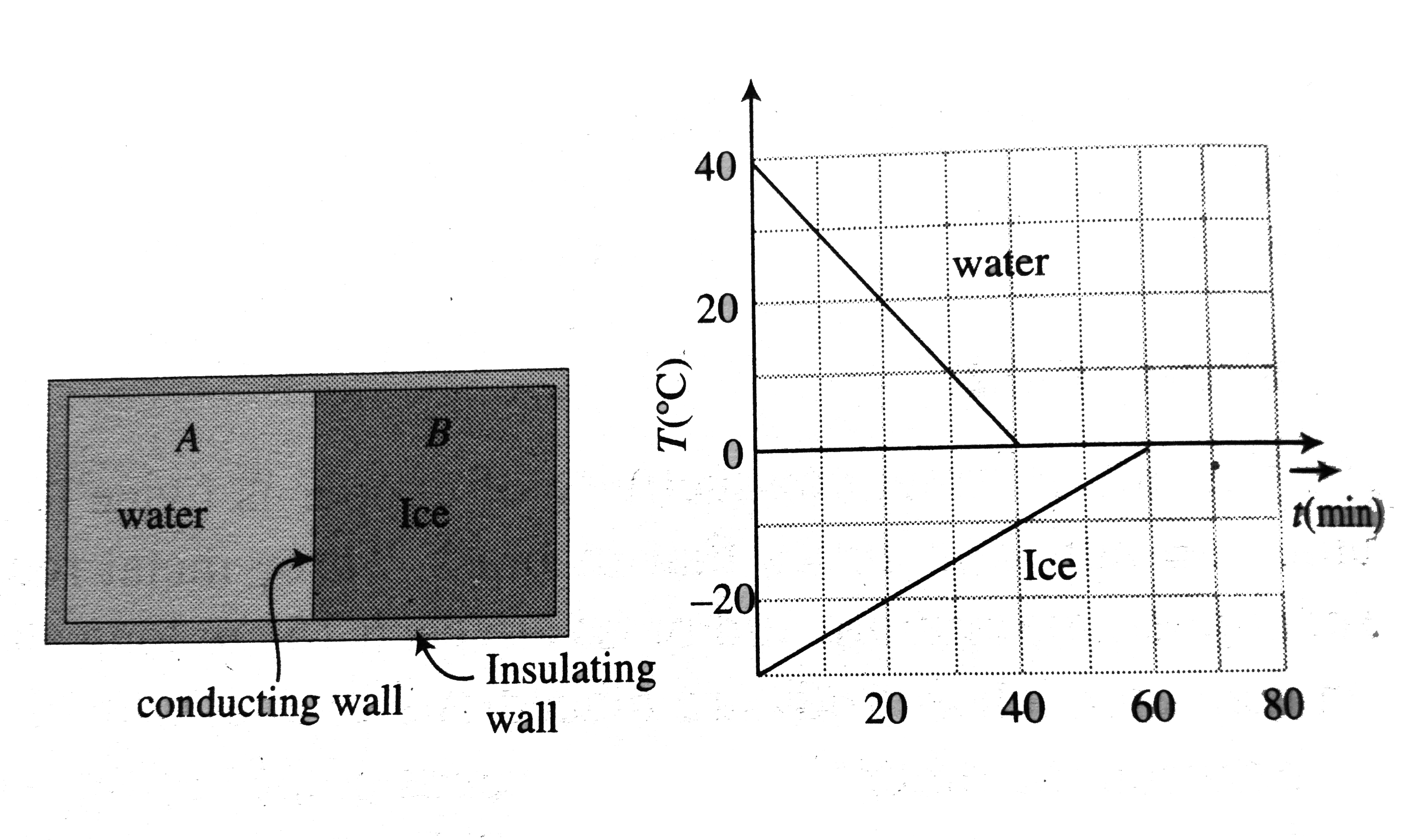On touching a lump of ice, we feel cold because some heat passes from our body to the ice
The correct Answer is:T
Step-by-Step Solution:
1. Understanding the Concept of Heat Transfer:
- When we touch an object, heat can transfer between our body and that object. Heat always flows from a warmer object to a cooler one until thermal equilibrium is reached.
2. Identifying the Objects:
- In this scenario, we have two objects: our body (which is warmer) and the lump of ice (which is cooler).
3. Heat Transfer Occurs:
- When we touch the ice, heat from our body transfers to the ice. This is because our body temperature is higher than that of the ice.
4. Effect of Heat Loss on Body Temperature:
- As heat leaves our body and goes into the ice, the overall heat content of our body decreases. This loss of heat results in a decrease in our body temperature.
5. Perception of Cold:
- The decrease in body temperature is what we perceive as feeling cold. The more heat that is lost to the ice, the colder we feel.
6. Conclusion:
- Therefore, the statement is true: we feel cold when touching ice because heat is transferred from our body to the ice, resulting in a decrease in our body temperature.
---
- When we touch an object, heat can transfer between our body and that object. Heat always flows from a warmer object to a cooler one until thermal equilibrium is reached.
- In this scenario, we have two objects: our body (which is warmer) and the lump of ice (which is cooler).
- When we touch the ice, heat from our body transfers to the ice. This is because our body temperature is higher than that of the ice.
- As heat leaves our body and goes into the ice, the overall heat content of our body decreases. This loss of heat results in a decrease in our body temperature.
- The decrease in body temperature is what we perceive as feeling cold. The more heat that is lost to the ice, the colder we feel.
- Therefore, the statement is true: we feel cold when touching ice because heat is transferred from our body to the ice, resulting in a decrease in our body temperature.
Topper's Solved these Questions
- HEATBook:ICSEChapter:HEATExercise:TEST YOURSELF (FILL IN THE BLANKS)
Explore 17 Videos
- HEATBook:ICSEChapter:HEATExercise:TEST YOURSELF (MATCH THE COLUMN)
Explore 1 Video
- HEATBook:ICSEChapter:HEATExercise:EXERCISE (PICTURE)
Explore 10 Videos
- FORCE AND PRESSURE : MOTION Book:ICSEChapter:FORCE AND PRESSURE : MOTION Exercise:EXERCISES (SECTION II) (Picture Study)
Explore 4 Videos
- LIGHT ENERGYBook:ICSEChapter:LIGHT ENERGYExercise:EXERCISE (PICTURE STUDY)
Explore 10 Videos
Similar Questions
State Stefan's law and Wien's displacement law. Draw graphs showing the distribution of energy in the spectrum of a black body. Explain what quantity is plotted against the wavelength . By considering how this energy distribution varies with tempaerature expalin the colour changes which occur when a piece of iron is heated from cold to near the melting point.
View Solution
A 0.60 kg sample of water and a sample of ice are placed in two compartmetnts A and B separated by a conducting wall, in a thermally insulated container. The rate of heat transfer from the water to the ice through the conducting wall is constant P, until thermal equilibrium is reached. The temperature T of the liquid water and the ice are given in graph as functions of time t. Temperature of the compartments remain homogeneous during whole heat transfer process. Given specific heat of ice =2100J/kg−K, specific heat of water =4200J/kg−K, and latent heat of fusion of ice =3.3×105J/kg.
Initial mass of the ice in the container equal to
View Solution
A 0.60 kg sample of water and a sample of ice are placed in two compartmetnts A and B separated by a conducting wall, in a thermally insulated container. The rate of heat transfer from the water to the ice through the conducting wall is constant P, until thermal equilibrium is reached. The temperature T of the liquid water and the ice are given in graph as functions of time t. Temperature of the compartments remain homogeneous during whole heat transfer process. Given specific heat of ice =2100J/kg−K, specific heat of water =4200J/kg−K, and latent heat of fusion of ice =3.3×105J/kg.
Initial mass of the ice in the container equal to
View Solution
A 0.60 kg sample of water and a sample of ice are placed in two compartmetnts A and B separated by a conducting wall, in a thermally insulated container. The rate of heat transfer from the water to the ice through the conducting wall is constant P, until thermal equilibrium is reached. The temperature T of the liquid water and the ice are given in graph as functions of time t. Temperature of the compartments remain homogeneous during whole heat transfer process. Given specific heat of ice =2100J/kg−K, specific heat of water =4200J/kg−K, and latent heat of fusion of ice =3.3×105J/kg.
The value of rate P is?
View Solution
A 0.60 kg sample of water and a sample of ice are placed in two compartmetnts A and B separated by a conducting wall, in a thermally insulated container. The rate of heat transfer from the water to the ice through the conducting wall is constant P, until thermal equilibrium is reached. The temperature T of the liquid water and the ice are given in graph as functions of time t. Temperature of the compartments remain homogeneous during whole heat transfer process. Given specific heat of ice =2100J/kg−K, specific heat of water =4200J/kg−K, and latent heat of fusion of ice =3.3×105J/kg.
View SolutionHeat is required to change 1 kg of ice at −20∘C into steam. Q1 is the heat needed to warm the ice from −20∘C to 0∘C, Q2 is the heat needed to melt the ice, Q3 is the heat needed to warm the water from 0∘C to 100∘C and Q4 is the heat needed to vapourize the water. Then
View SolutionHeat is required to change 1 kg of ice at −20∘C into steam. Q1 is the heat needed to warm the ice from −20∘C to 0∘C, Q2 is the heat needed to melt the ice, Q3 is the heat needed to warm the water from 0∘C to 100∘C and Q4 is the heat needed to vapourize the water. Then
View Solution
A 0.60 kg sample of water and a sample of ice are placed in two compartmetnts A and B separated by a conducting wall, in a thermally insulated container. The rate of heat transfer from the water to the ice through the conducting wall is constant P, until thermal equilibrium is reached. The temperature T of the liquid water and the ice are given in graph as functions of time t. Temperature of the compartments remain homogeneous during whole heat transfer process. Given specific heat of ice =2100J/kg−K, specific heat of water =4200J/kg−K, and latent heat of fusion of ice =3.3×105J/kg.
The mass of the ice formed due to conversion from the water till thermal equilibrium is reached is equal to
View Solution
A 0.60 kg sample of water and a sample of ice are placed in two compartmetnts A and B separated by a conducting wall, in a thermally insulated container. The rate of heat transfer from the water to the ice through the conducting wall is constant P, until thermal equilibrium is reached. The temperature T of the liquid water and the ice are given in graph as functions of time t. Temperature of the compartments remain homogeneous during whole heat transfer process. Given specific heat of ice =2100J/kg−K, specific heat of water =4200J/kg−K, and latent heat of fusion of ice =3.3×105J/kg.
The mass of the ice formed due to conversion from the water till thermal equilibrium is reached is equal to
View SolutionWhy does a piece of ice feel cool to touch? Explain.
View Solution

